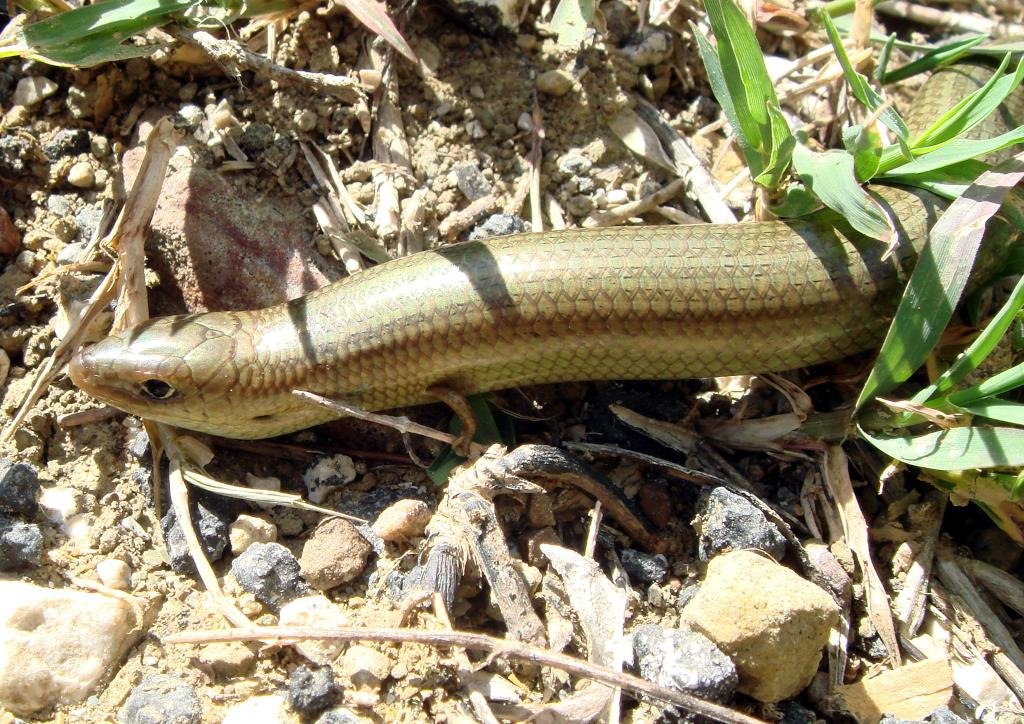- English: Large Psammodromus
- Scientific: Psammodromus algirus (Linnaeus 1758)
- Castilian: Lagartija Colilarga
- Catalan: Sargantaner gros
- Portuguese: Lagartixa-do-mato
- Family: Lacertidae
- Distribution: Iberia (excluding the northern Atlantic coastal stretch.) Algeria, France, Gibraltar, Italy, Morocco, Portugal and Tunisia
The Large Psammodromus – Psammodromus algirus – Lagartija Colilarga can have a body length of up to 9cm with a slender tail that is two or three times longer. Its back is a soft brown with two pale yellow or off white stripes running down each flank. The back legs up to the beginning of the tail are a soft orange colour, all of this helps them to blend well with fallen leaves and soil shades under bushes which is where they are normally seen. This can be in forests, woods or more open scrubland but generally not far from shrubs that they can hunt through and use as shelter.
I’ve been living in this lovely area of Western Andalucia for the last 20 years or so and dedicate most of my time to the running of English language tourist information websites for the towns of Cádiz, Ronda, Grazalema, the famous or infamous Caminito del Rey, and also Wildside Holidays, which promotes sustainable and eco-friendly businesses running wildlife and walking holidays in Spain. My articles contain affiliate links that will help you reserve a hotel, bus, train or activity in the area. You don’t pay more, but by using them you do support this website. Thankyou!


